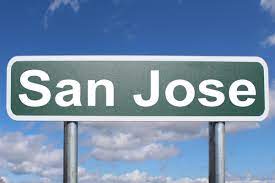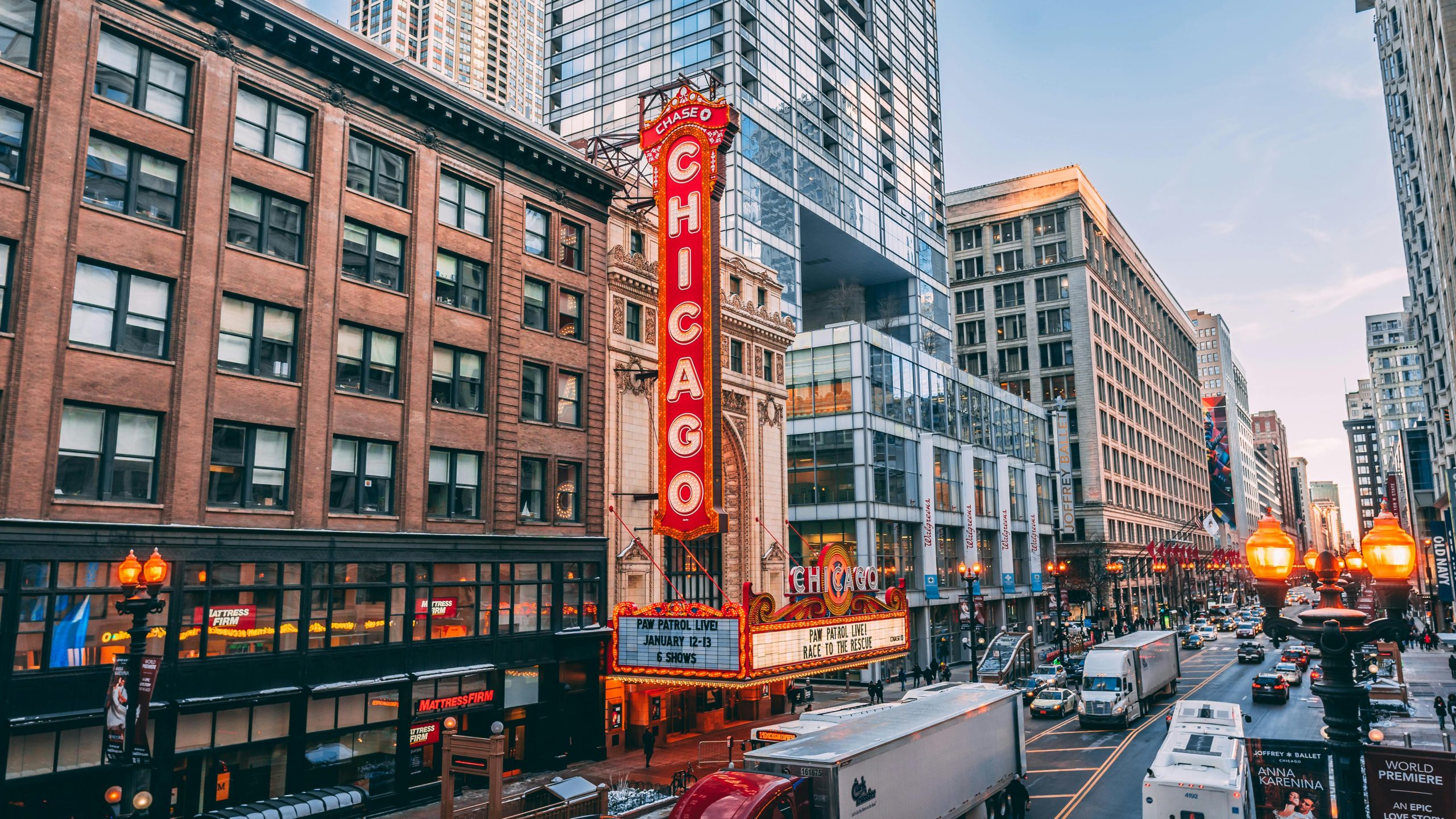Boston’s Security Issues: Hate Crimes and Safety Rankings Draw Attention to Unsettling Patterns
Getting Around in an Urban Setting: A Word of Caution for Both Locals and Visitors
Even with its diverse population and long history, Boston has some worrying trends, as shown by recent statistics. Hate crimes in the city are among the top six in the country, which damages the city’s safety reputation. Its ranking as one of Massachusetts’ most dangerous cities emphasizes this distinction even further. There are incidents in a variety of neighborhoods, which worries both locals and guests. Caution is urged when touring the city, particularly for members of minority groups or those who are not familiar with local dynamics. It is advised to take precautions like traveling in groups after dark and keeping up with crime reports. However, the city’s attraction doesn’t go away, providing a lively metropolitan experience. Potential occupants must carefully weigh their housing options, avoiding the neighborhoods that are marked as less desirable.
 Boston’s Security Issues: Hate Crimes and Safety Rankings Draw Attention to Unsettling Patterns (PHOTO: Wikipedia)
Boston’s Security Issues: Hate Crimes and Safety Rankings Draw Attention to Unsettling Patterns (PHOTO: Wikipedia)
READ ALSO: Identifying The Top 10 Riskiest Places In Maine: Shadows Cast Across Scenic Serenity
The Top 10 Mysterious Neighborhoods in Boston
Central
Central is a vibrant area in the center of Boston that is surrounded by alarming statistics. Surprisingly, Central, which has a population of around 33,000, is the most dangerous part of the city, with a violent crime rate that is 321% more than the national average. Notwithstanding these concerning statistics, Central is nevertheless a center of historical and cultural importance, home to monuments, arenas, and museums that enhance Boston’s legacy. But both locals and visitors need to proceed with caution across this colorful but unstable landscape. The need for caution balances Central’s attraction, as violent crime statistics reach 1,597 instances and property offenses number 4,610.
Roxbury
As one of Boston’s most dangerous neighborhoods, Roxbury is not at all like the welcoming community it is depicted as in movies. Roxbury’s streets are very dangerous, with violent crime rates that are twice as high as the city average and startlingly higher than the national average. It is a sobering reminder of the more sinister aspects of the city, with 1,264 violent crime events and 3,505 property offenses. As dangerous as its streets can be, Roxbury is one of the few places in Boston where being alert is necessary, even though it has historical and cultural significance. Residents and visitors should proceed with extreme caution when traversing its streets.
South End
Another Boston neighborhood worth being concerned about is South End, which has a crime rate startlingly 169% higher than the state average. South End is home to approximately 34,000 people. Although property crimes are more common, residents should exercise caution as violent crimes are less common. Authorities caution against leaving personal belongings unsecured because vehicle break-ins are a common occurrence on the area’s roadways. The high average property price of $568,400 in South End indicates that the neighborhood continues to be appealing despite these security issues. Despite the neighborhood’s crime numbers, residents continue to find it appealing as they manage the precarious balance between safety and affordability.
North Dorchester
North Dorchester has considerable safety concerns that call for reconsideration, even while its affordability and proximity to institutions make it appealing to newcomers. Although North Dorchester is one of the most dangerous areas in Boston, the city as a whole is thought to be reasonably safe. North Dorchester has higher overall crime rates than the national average, with a concerning pattern of rising property crime, in contrast to other regions on the list. Residents are asked to use caution when navigating the neighborhood’s streets, as there have been 738 documented occurrences of violent crime and 2,937 instances of property crime. Prospective residents should carefully consider their options before committing to North Dorchester, since the reality of increased security dangers contrasts with the promise of reduced rentals.
South Dorchester
Another area worth being concerned about in Boston is South Dorchester, which has an alarmingly high total crime rate of 3,295 incidents per 100,000 residents, 142% higher than the state average. Even while property crimes are more common, there are still serious risks to public safety from violent crimes like robberies and assaults. Both tourists and locals are advised to be alert and use common sense when navigating South Dorchester’s streets. With 2,601 property offenses and 840 violent crime occurrences recorded, the neighborhood’s security concerns are significant and detract from its allure as a place to live. As the neighborhood struggles with these issues, people traveling through South Dorchester’s urban area must exercise extreme caution.
Mattapan
Before being merged into Boston, Mattapan was a part of Dorchester, but it stands out for having a violent crime rate that is more than 130% higher than the national average. Since Mattapan has a bad reputation for crime, many Bostonians steer clear of the area after dark. The city is known for its relative safety. Although it has historical roots with Dorchester, Mattapan has its unique environment with more public housing and smaller residential structures. The community faces security issues that compromise the integrity of its urban fabric, with 2,489 recorded cases of property crime and 901 incidents of violent crime. Everyone needs to be mindful of these concerns as Mattapan works through them. Both locals and visitors are advised to use caution when walking through the city’s streets.
Back Bay-Beacon Hill
Back Bay, known for its charming historic shoreline and Victorian brownstones, conceals a worrisome truth: its crime rate is 141% greater than the state average. Though mostly property-related including auto break-ins and small-time theft these occurrences detract from the neighborhood’s appeal. Back Bay, with a median home price of $352,652 and an income of $61,578 per year, continues to be a reasonably affluent town despite this security backdrop. Residents of this picturesque enclave are reminded to be careful against the backdrop of its urban elegance since there have been 584 documented incidences of violent crime and 3,434 instances of property crime.
South Boston
While South Boston is thought to be a more livable city than some of its neighboring areas, it nonetheless faces occasional property and violent crime. Although it is quite wealthy and has easy access to downtown, sports, and entertainment venues, locals are advised to be on the lookout for small-time criminal activity and auto theft. The criminal element is marginalized as the neighborhood gradually changes due to rising rent and property values. With 1,522 recorded cases of property crime and 489 recorded incidences of violent crime, South Boston residents strike a careful balance between security concerns and urban convenience, highlighting the changing dynamics of this active community.
Hyde Park
Another neighborhood in the city with a high crime rate is Hyde Park, which is only 7.9 miles south of Downtown Boston. Hyde Park does not feel as unsafe as other neighborhoods, even though its violent crime rate is around 20% higher than the national average. Nonetheless, crimes involving property, such as burglary and theft, are still common and are occasionally interspersed with attacks. Hyde Park, which has a typical house price of $324,484, is nonetheless popular despite these security issues. Hyde Park is a prime example of the complex urban dynamics influencing Boston’s neighborhoods as locals balance the draw of affordability against the necessity of safety.
Jamaica Plain
With 45,158 residents, Jamaica Plain has a crime rate that is 36% higher than the state average for Massachusetts, which highlights ongoing security problems in the middle of the community’s rehabilitation initiatives. Even with notable advancements in the restoration and revitalization of historic properties, the neighborhood’s crime dynamics persist. The violent crime rate in Jamaica Plain is mostly made up of assaults, therefore both locals and visitors should exercise extra vigilance when there are occasional robberies and burglaries. Jamaica Plain represents a microcosm of urban growth, a community navigating the fine line between safety and renewal, representative of the continuous changes reshaping Boston’s neighborhoods.
READ ALSO: Dark Corners: Revealing The Top 11 2024 Chicago Neighborhoods Mystery Of Danger




